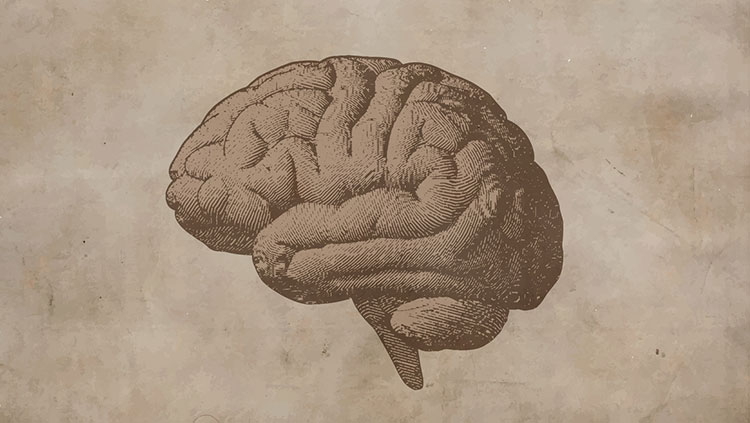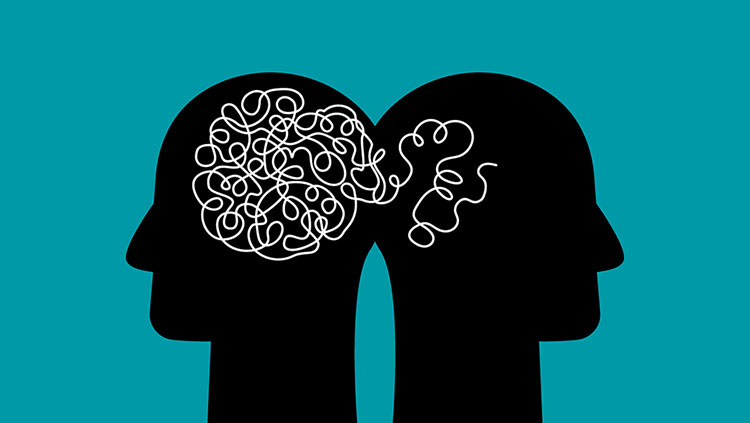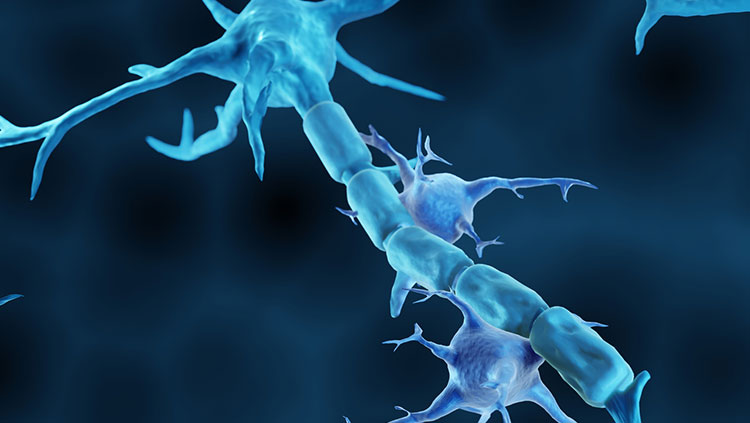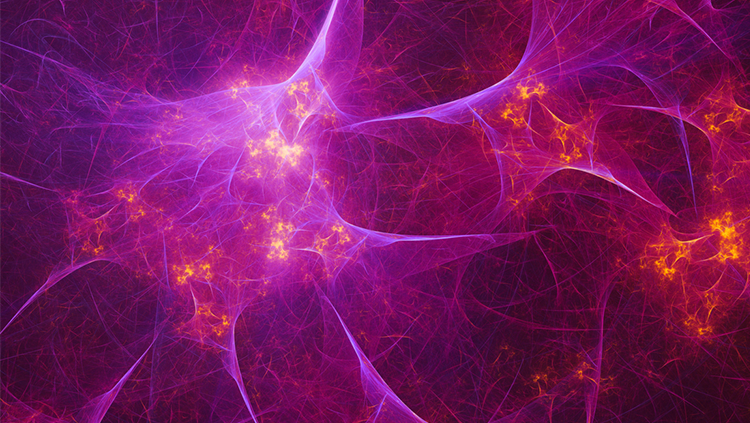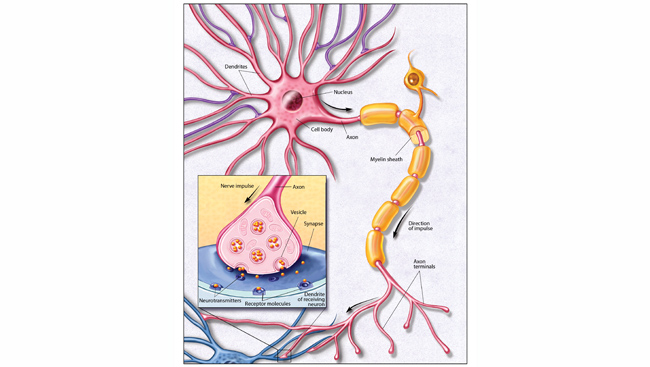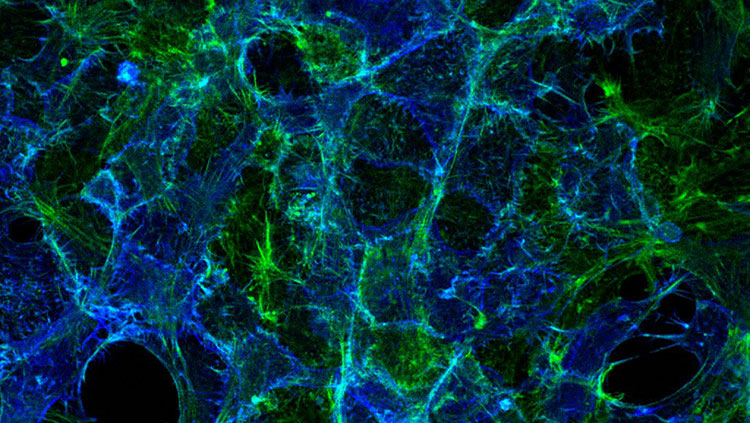ICYMI: Fruit Flies Reveal How Visual Illusions Work in the Brain
- Published4 Sep 2020
- Author Alexis Wnuk
- Source BrainFacts/SfN
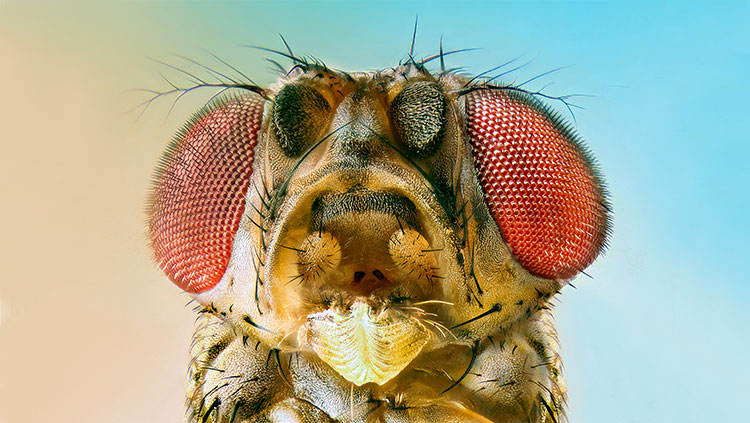
These were the top neuroscience stories for the week of August 24, 2020.
Fruit Flies Reveal How Visual Illusions Work in the Brain
Fruit flies fall for visual illusions, too. And their experience with peripheral drift can tell us how such illusions trick the brain as reported August 24 in Proceedings of the National Academy of Sciences. Peripheral drift occurs when an image appears to rotate when viewed from the outer part of the field of vision. Scientists rigged a makeshift fly treadmill comprised of a foam ball suspended over an air stream and projected the illusions on a panoramic display. The flies “ran” in the same direction as the illusory rotation as they perceived the illusion. In effect, they were trying to compensate for the rotation. However, fruit flies genetically altered to silence T4 cells, a group of neurons involved in visual perception, ran in the opposite direction when faced with the same illusion. The researchers concluded these cells are involved in the perception of the illusion.
Big picture: The researchers also did an experiment in people to see if they could artificially “silence” analogous neurons and eliminate the perception of the illusion. They did that by having people fixate their gaze on light or dark shapes moving around the screen — after a while, the brain adapts to and stops processing this input. When they looked at the illusion, they said it appeared to rotate in the opposite direction.
Read more: What Virtual Reality for Flies Teaches Us About Human Vision (Wired)
Scientists Create an AI That Analyzes Dreams
A new machine-learning tool speeds dream analysis, providing scientists a massive dataset supporting the link between dreams and our waking lives. Manually analyzing dream reports is a time-consuming and tedious process that involves reading the report, identifying attributes like characters and activities, and assigning each a unique code. Automating the process allowed the researchers to analyze more than 24,000 dream reports from a database of more than 40,000, they reported August 26 in Royal Society Open Science. The tool analyzes the reports’ text and parses the most important elements: characters, interactions, and emotions. Among some of the most interesting findings, the researchers found men’s dreams contained more aggression and were more negative than women’s dreams. Blind individuals dreamt about imaginary characters more often than sighted people. The large-scale analysis results lend support to the “continuity hypothesis,” — the idea that dreams are a continuation of our waking life.
Related: How the Brain Paints Your Dreams
Read more: Scientists Created AI to Analyze People's Dreams on a Massive Scale (Vice)
CONTENT PROVIDED BY
BrainFacts/SfN



